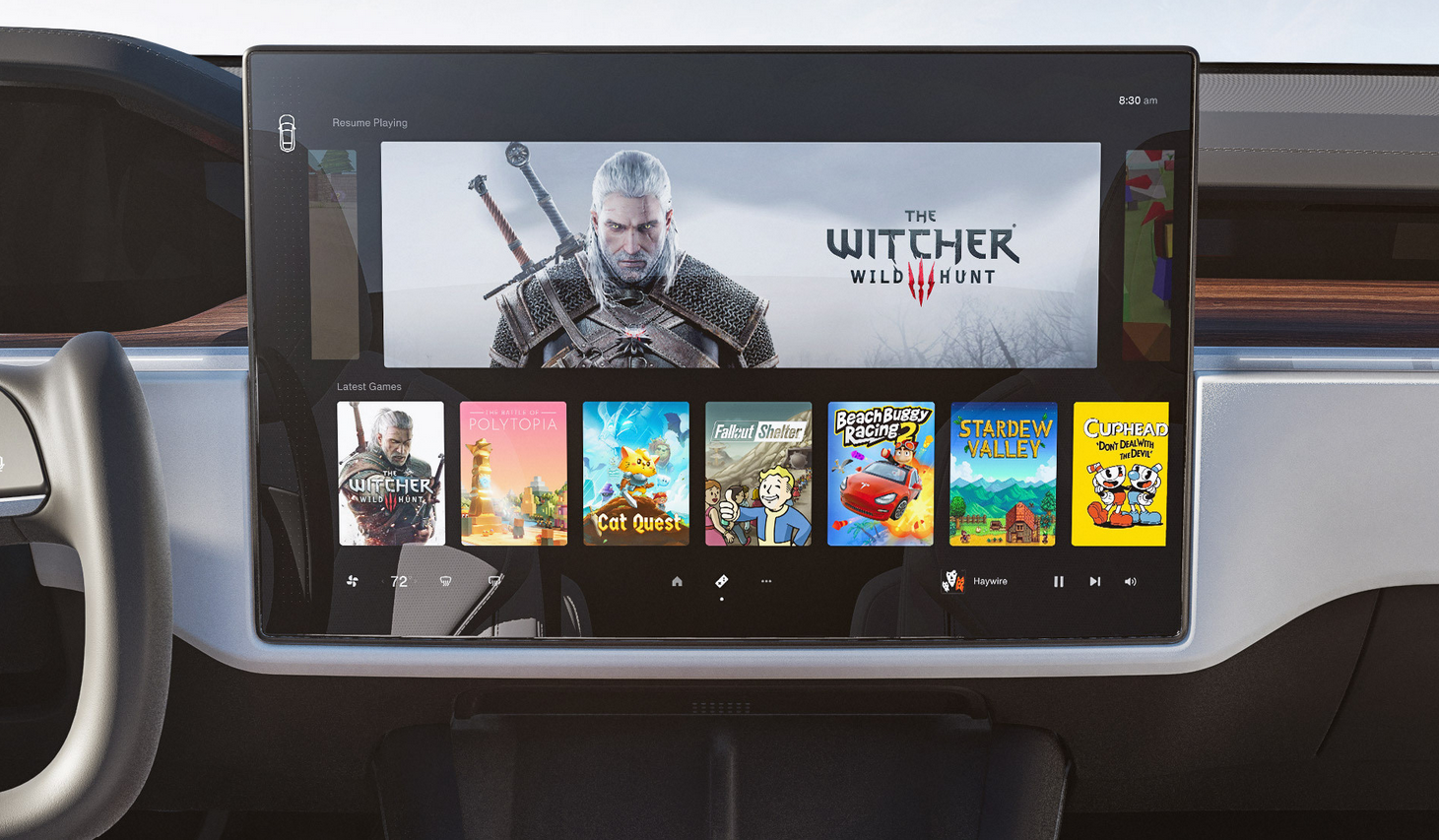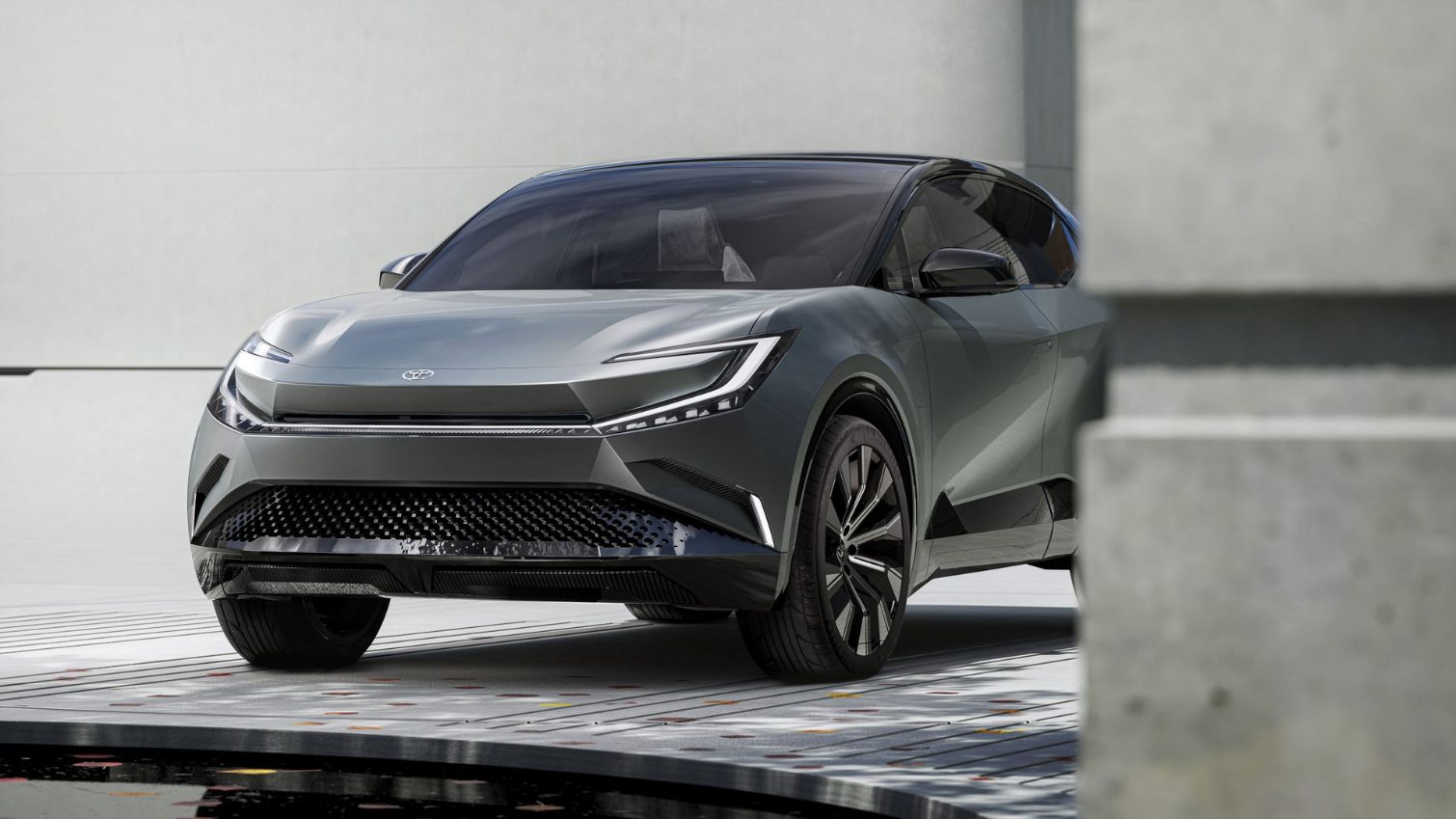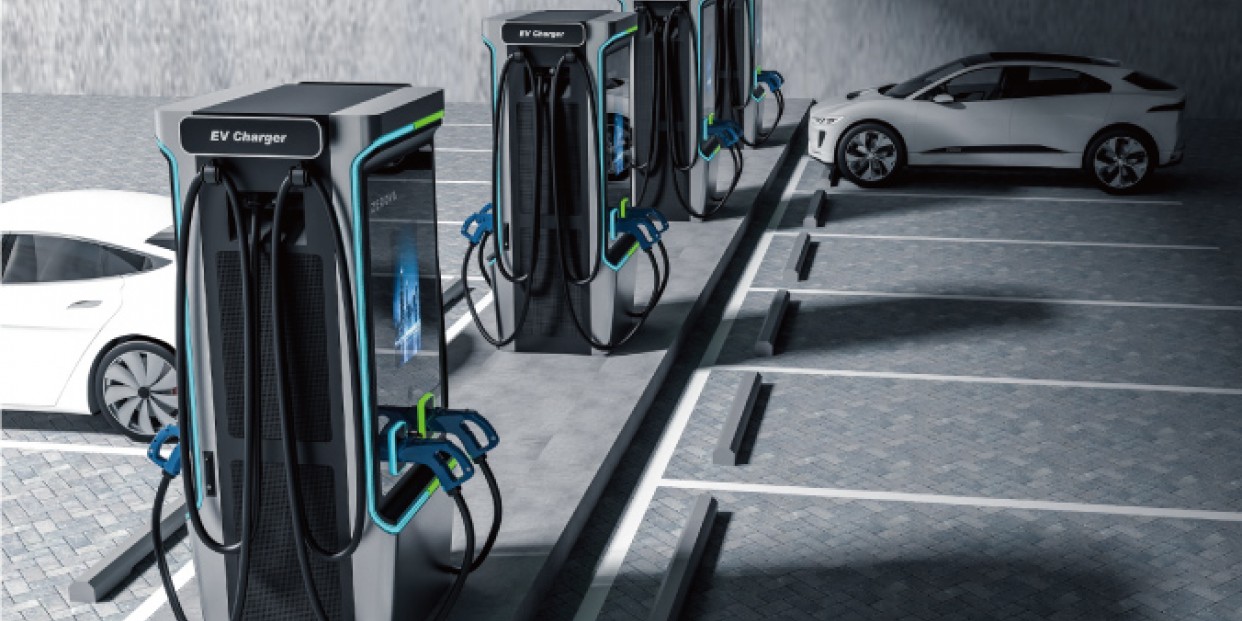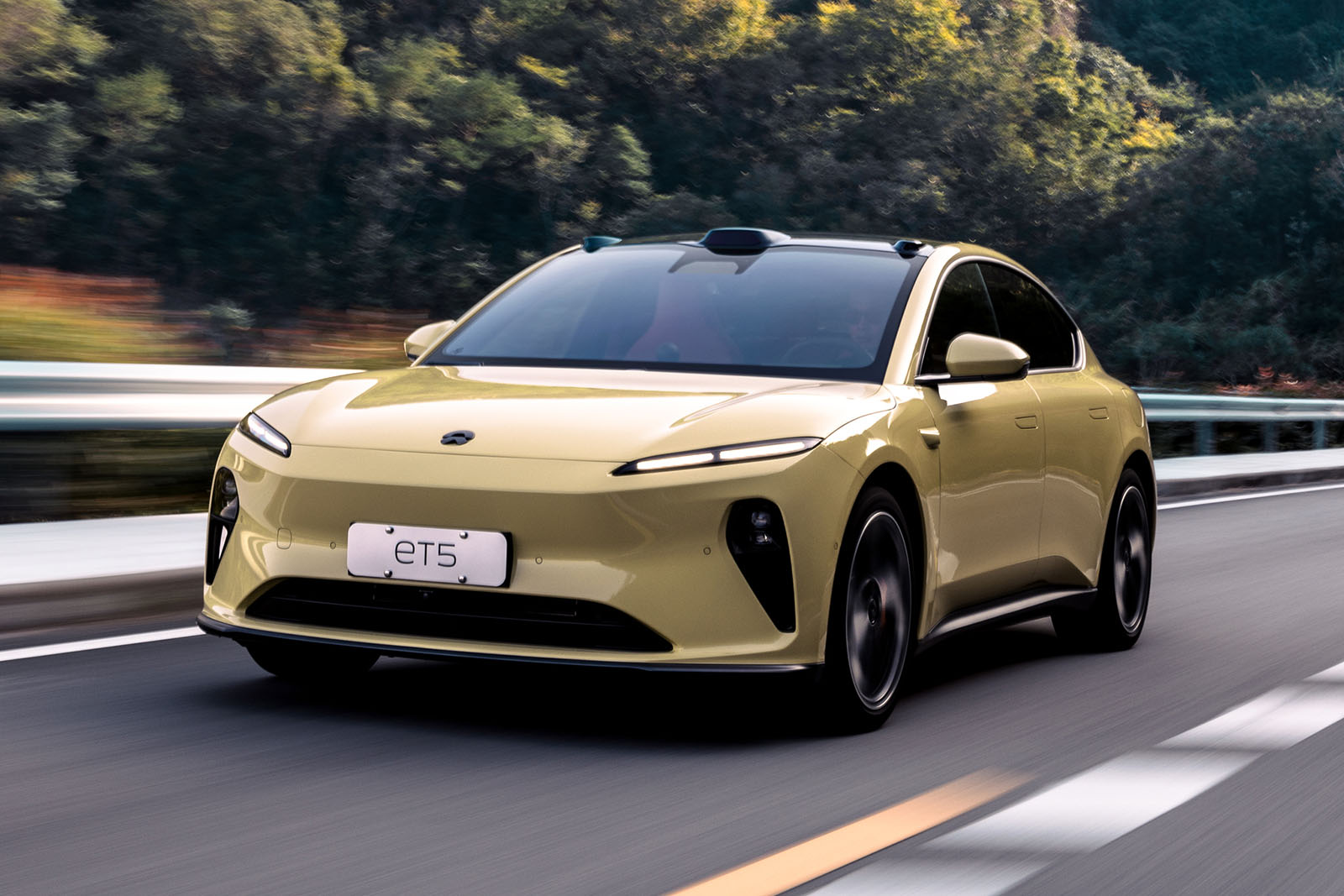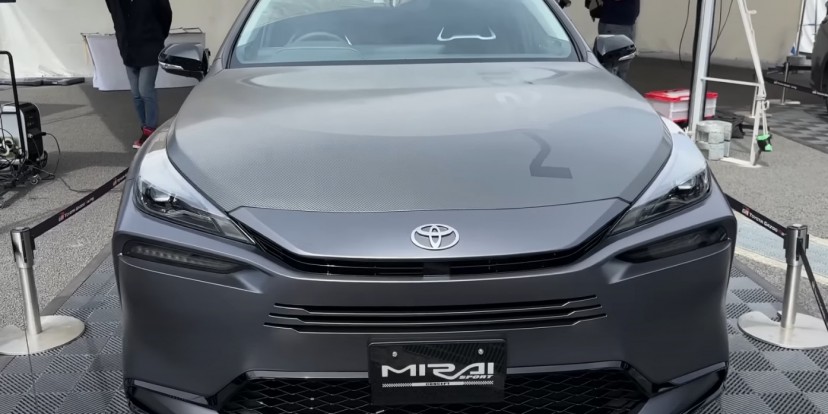In a recent investor conference, Ford’s Chief Executive, Jim Farley, shed light on the future of electric vehicles (EVs) and their journey towards cost parity with internal combustion engine (ICE) vehicles. Farley indicated that this milestone may not be achieved until after 2030, emphasizing the need for the second and third generation of EVs, which are expected to enter production after 2025.
According to Farley, the primary factor driving cost reduction in EVs between 2030 and 2035 will be the significant decrease in labor requirements. As future EVs are designed to be simpler to manufacture with fewer components, the assembly process will become more streamlined, leading to lower production costs. Additionally, these vehicles will feature smaller batteries that utilize less expensive materials, further contributing to cost savings.
Farley also highlighted the potential for decreased distribution costs resulting from online sales of EVs. By adopting digital platforms, automakers can optimize their distribution networks, reducing overhead expenses. Furthermore, he anticipated an increase in revenue generated through software-driven digital services. Ford’s software services business, for instance, has witnessed remarkable growth, with a current subscriber base of 600,000—a threefold increase from the previous year. This figure includes 200,000 retail customers who pay for the Blue Cruise driver assistance system and 400,000 Ford Pro commercial customers who subscribe to various services such as fleet management, EV charging, and dynamic routing.
As the EV market continues to mature, Ford and other industry players are anticipating a transformative shift towards affordable electric transportation. While the path to cost parity may span beyond 2030, the evolution of EV technology, coupled with manufacturing efficiencies, is expected to make electric vehicles a more accessible and economically viable option for consumers worldwide. With a steadfast commitment to innovation, Ford aims to be at the forefront of this transformation, embracing digital services and anticipating the changing needs of an electrified future.


